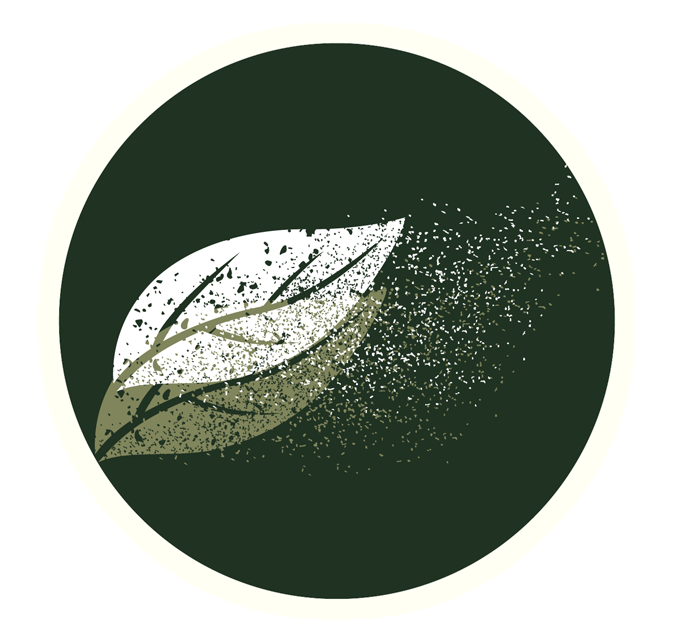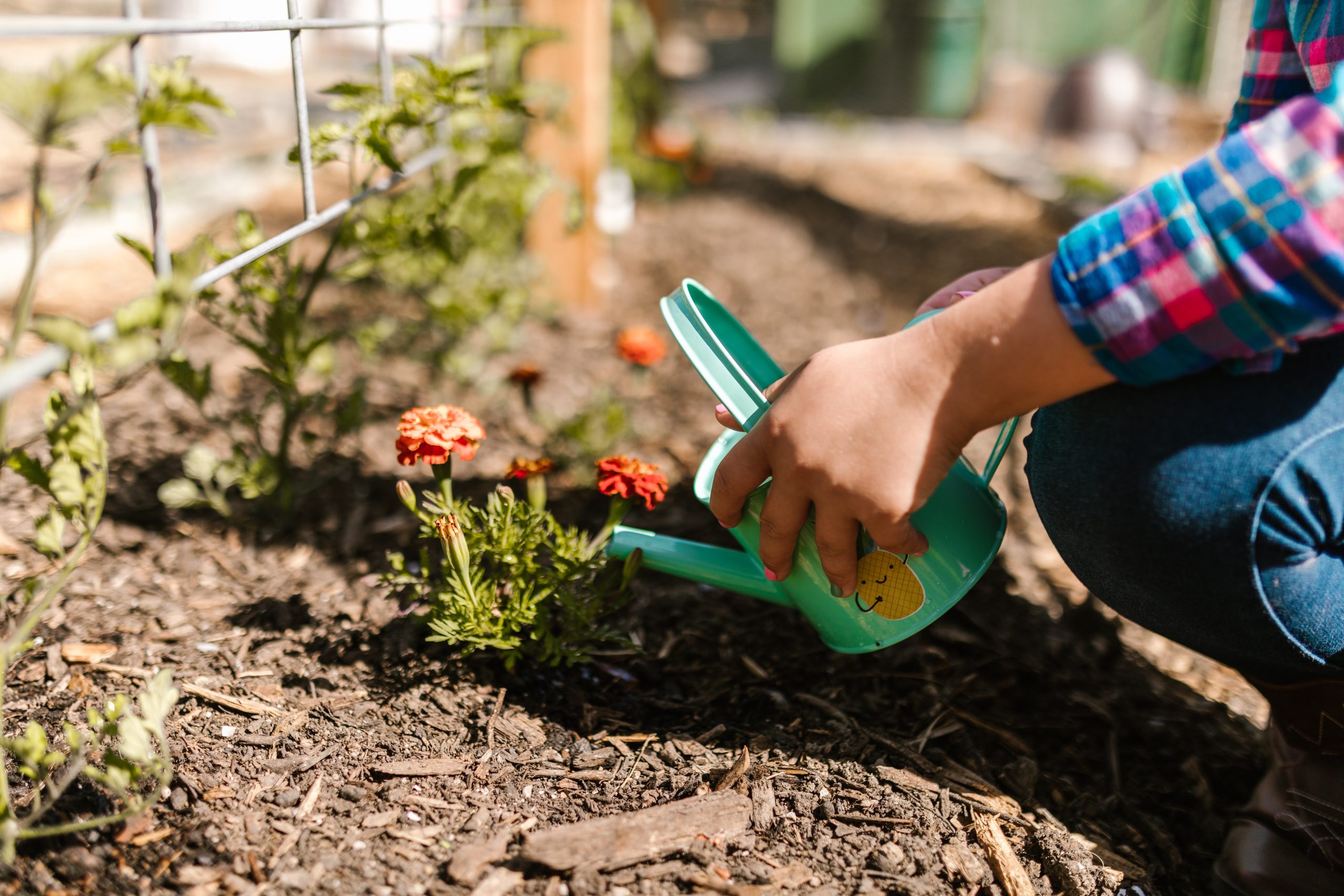Did you know that domestic water use grew by 600 per cent over the past 50 years?
When you also consider that about 70 per cent of the earth’s surface is water, but 97 per cent is salty seawater and 2 per cent frozen polar ice, leaving only 1 per cent as fresh water available for human use, it makes you determined to do your bit to conserve this precious resource.
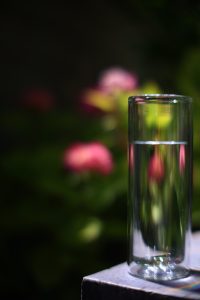
Although the UK is regarded as a wet country, regional variations in rainfall are dramatic, with some areas in the South of England receiving less rain than some African countries.
The Royal Horticultural Society (RHS) and Cranfield University have combined to send out a Mains to Rains message (Mains To Rains (mains2rains.uk)) that encourages the use of water butts. Even in dry districts, an estimated 24,000 litres could be collected from the roof each year. Rainwater can be collected from any roof as long as there is a gutter and downpipe that enters the drain at ground level.
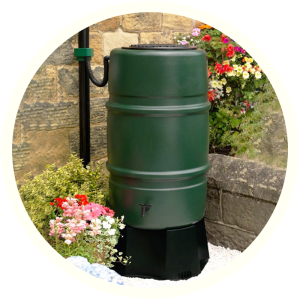
The great thing about having a water butt (or two) is that whatever the weather, you’ll always be glad you got one.
In a dry spell, when hosepipe bans and water restrictions are announced, water butts sell out everywhere. And if it’s bucketing down, you feel good knowing that lots of free rainwater is pouring into your water butt for use later when there are three consecutive days of sun and a drought is declared. Knowing that you can always water those fresh plantings that need it most takes avoidable stress out of gardening.
Why water butts are winners:
- Water butts with a rain diverter collect water from the downpipe and still let the overflow enter the drain.
- Plants prefer rainwater as it has a lower pH. Minerals that are found in mains tap water, especially in hardwater areas, can raise the pH of the root zone, which affects nutrient availability. Chemicals added to mains water that are safe for humans can be harmful for plants. Plants are most vulnerable to shortages of water when they are first planted and their roots have not yet established into the deeper, moister layers of soil.
- Water butts help to reduce flood risk. Urban areas struggle to cope with heavy rainfall as there are not enough porous surfaces to absorb downpours. Water butts capture water that could contribute to surface runoff – a major cause of flooding.
- As well as the house, water butts can also be attached to sheds, garages, greenhouses and outbuildings – useful if you have a large garden that requires a lot of water. If you have a smaller garden and low-maintenance plants, you won’t need as much water so a mini butt would be better; storing more water than you need can lead to stagnation – see below.
- Using rainwater on your garden saves on water bills.
- Rainwater is better than tap water for watering dry compost to maintain the moisture levels necessary for successful composting. Chemicals that are added to tap water can kill some of the beneficial micro-organisms that you want to nurture in your compost bin.
- A vast amount of energy is used to provide safe water to homes, so using stored rainwater or grey water (domestic wastewater) in your garden lowers your carbon emissions.
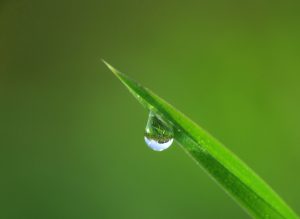
As with everything a degree of maintenance is involved in order to store and use water safely.
Follow these precautions:
- Over time, water that is left in the butt can stagnate, causing bacteria to breed and creating bad smells. To avoid this, use the stored water regularly. Replenishing the stored water with freshly collected rainwater helps to dilute it and keep it clean.
- Keep gutters clean – debris such as bird droppings, moss and leaves can be washed into butts and rot, creating bad smells.
- A tight-fitting lid is essential to prevent debris falling in. Check or replace the lid if it doesn’t seal properly – a loose or broken lid can attract bugs and cause bacteria to grow.
- If the water smells, it is still safe to use on established plants but use a watering can instead of a spray hose to minimise the risk of inhaling any airborne bacteria.
- Remember good hand hygiene when using collected water.
- Sunlight and heat speed up stagnation, leading to the growth of bacteria, so choose a shaded area for your water butt. If you find the water butt is getting hot, give it a deep clean and move to a cooler position.
- If you use hoses for any source of water, disconnect them when you are not using them so that the water will drain out; bacteria grows in water that is left to warm up in the sun.
- If multiple water butts are used, rotate the use of each one to keep stores of water fresh. They can be joined together by a water butt connector kit.
- It’s easier to access the water if the butt has a tap at the base and sits on a stand so a watering can will stand on the ground under the tap.
How to clean your water butt
Clean your water butt once a year, preferably in autumn when you don’t need the water.
- Open the tap and let any stored water drain out completely.
- Lay the butt on its side and empty out any sludge or debris.
- Clean the outside with a hose and brush.
- Clean the inside with detergent and a long-handled brush.
- Add freshener if required and let the butt refill.
Ways to keep water fresh:
- Emptying and cleaning the water butt and gutters is the best way to keep water clean.
- Be Green water butt freshener is a non-toxic treatment that keeps stored rainwater free from algae, scum and smells.
- Great Green Systems are currently trialling a Water Butt FreshaTank microbial disc (Aquamidas) after it was recommended by a customer. This uses the same industrial silver found in drinking water. It is placed in the water butt when empty.
- Charcoal has long been known as a natural water purifier. Charcoal infusers leave water suitable for plants but not for human consumption.
Loving your lawn
In its Mains to Rains campaign, the RHS encourages less lawn watering. If one in 10 households pledged not to water their lawns this summer that would save the equivalent of 383 million baths. Longer grass means deeper roots and more drought resilience so it’s a good idea to raise the mower blades too.
Have you thought of future-proofing your lawn?
You can do this by planting a carpet of clover (or herbs such as chamomile and thyme in less-trodden areas). Clover is a perennial weed that is drought-tolerant, needs less mowing, offers a year-round green lawn and is a source of nectar in summer for bees. It also smothers rival weeds such as dandelions. Pure clover lawns are best for areas with low footfall so families with children might prefer a mixed grass and clover lawn. Clover acts as a natural fertiliser and fixes nitrogen-deficient soil by taking nitrogen from the air and converting it into plant-friendly nutrients.
What is grey water?
Plants don’t need perfectly clean water. As well as using stored rainwater you can also use grey water in your garden.
Grey water is domestic wastewater from the kitchen, washing machine, bath, basins or showers. But don’t use it on salads or produce that is eaten without cooking. (Water from the toilet is considered ‘black water’ and should only ever enter the sewerage system.)
While household soaps and detergents are harmless to plants, water containing bleach, disinfectant, dishwasher salt and stronger cleaning products should not be used as they can harm plants and damage soil structure if used long term on soil.
If plants are watered entirely with grey water during a long dry spell, there is a danger that dissolved substances will build up in soil and affect plant growth. These will drain from the soil once there is a rain shower or if you alternate watering with stored rainwater.
Grey water should not be stored but used immediately to prevent harmful organisms from multiplying and causing smells.

